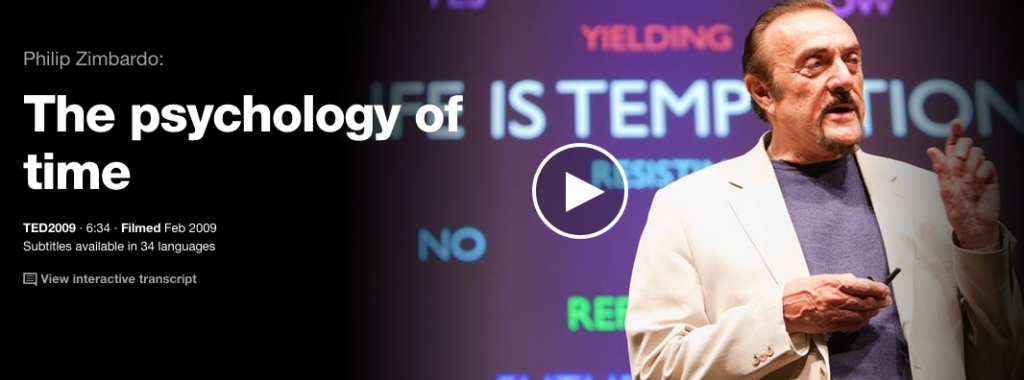Systems are so important as enabling mechanisms. Sometimes I like to call them “structures of freedom.” I’m reminded of a quote from Tim Williams at Thriveal’s Deeper Weekend last fall, “Process is the architecture for getting things done.” Even creative processes, like transforming your firm, require some level of scaffolding to help you see it through from concept to realization.
Systems can compete with each other too. The system you know and use now will almost always beat out the one that’s fledgling or undefined. This is why it’s almost always easier to spend hours replying to e-mails than to change your firm. There’s a system for e-mail, but not for transformation.
So our goal is to develop a creative system for our firm, shield it during its fledgling stage, and then let it grow to become part of our way of doing things, that stands its ground and evidences its value as part of our firm’s operations.
Cracking this nut is not easy. But I feel like I took another step earlier this year in my own personal system.
–I’ve chatted before about how I use Evernote to capture ideas.
–Last year at some point, I also started using Evernote to create an overview of my week, including both personal and business items (this came from the “aha” moment that I couldn’t have a separate system to manage the two — things were getting lost in the shuffle).
–Earlier this year I ran across a blog post on the Evernote site by Michael Hyatt on how to use Evernote to achieve your long-term goals. There, he describes a system of creating a master note of your goals for the year. Then linking them to sub-notes that contain your key motivations for that goal, the next actions, progress reports to yourself, and random notes you might collect along the way of accomplishing it.
–Add to that the smartphone app, Swipes, and I was cooking. Swipes is a daily productivity app that “helps you collect, organize, and take action on the right tasks at the right time.” Swipes also has a basic Evernote integration, which is a nice bonus.
So my process became:
- At the beginning of the year, I laid out my big 3 goals for the year. I made a master note in Evernote, and linked those to sub-notes which contained a checklist of the items I needed to accomplish to complete that goal.
- Each week, I laid out the next seven days in my weekly Evernote template, with a focus on managing my personal energy wave, not just listing to-do items. If that week I was going to accomplish one of the strategic items from my big 3 goals, I’d include that too.
- At the beginning of each day, I typed that day’s items into my Swipes app and used its slick interface to prioritize, clear, remind, and/or schedule them. If one of the days included a strategic item from my big 3 goals, I used the Swipes integration to link it to the related Evernote note so the additional information was at my fingertips.
- And during the day, I used Swipes to manage the ebbs and flows. I really appreciated its adaptability, and how its design aided in keeping me focused.
The thing I learned (or re-learned from the above, is that we’re managing multiple time zones, and we need a system for each. We’re managing the long-term, the medium-term, and the today-term. My big 3 goals are my long-term. My weekly overview are my medium-term. And my daily tasks are my today-term. I finally had a system for each, and they were becoming enabling mechanisms. Structures of freedom.
And then one of the first TED Talks I had seen came back to me: The Psychology of Time by Philip Zimbardo. A fascinating talk, if you have the time to watch.
(As originally posted on the Thriveal blog.)

